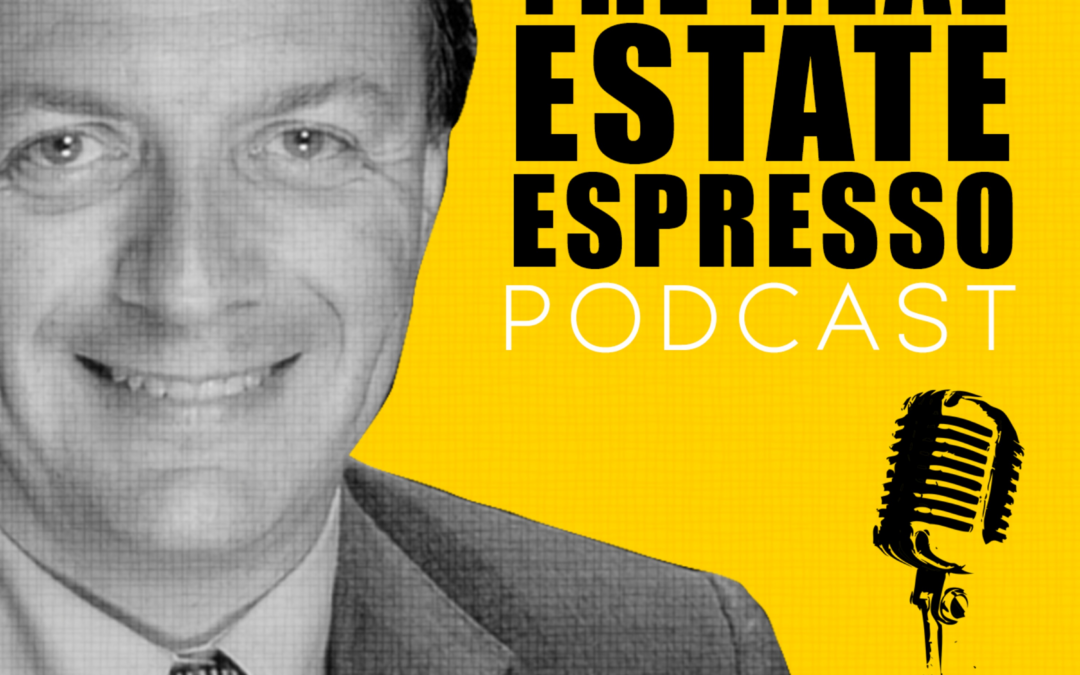Hi Victor-
Your podcast is fantastic – a perfect balance of brevity, and information without any noise or fluff. My question is:
I have a multifamily renovation in progress which I want to refinance upon completion with 10 year fixed rate debt. As you mentioned, interest rates will likely increase post-election. Since my future rate will be based on the 10 year treasury, what investment could I make today that would earn money if rates when up, to off-set my future increased interest costs? Almost like interest rate insurance…
Thanks again for everything you do for the RE community.
Tom,
This is a great question. To be clear, my goal in answering the question is not to offer advice. That’s the job of a licensed commercial mortgage broker professional in your local market. I’m merely offering my experience and observations on what I’ve found to be effective in the past.
I don’t know the specifics of your project, but I’ve secured financing for new construction on numerous occasions. Whether we are financing for value added projects or new construction projects, they can be treated very similarly.
For example, let’s imagine you bought a building for $1M and you brought $300k in cash and borrowed $700k. Your debt would be at a 70% loan to value ratio. You might spend a further $400,000 in improvements. But after improvements, your building might be worth, say $2M in this example. You might be looking to refinance the project at the same 70% loan to value which would give you loan proceeds of $1.4M. At that point, you can repay the initial loan of $700k, and the equity of $700k and replace all of that with a new loan of $1.4M maintaining a 30% equity ratio with no cash tied up. That would be your classic infinite return that most investors are after.
The bank is also likely to offer a loan with two thresholds. It might be the lower of 80% loan to cost or 70% loan to value.
If we go back to our example of the $1M property with $400k of improvements. In this instance if the total cost is $1.4M, they would only lend $1.12M or 80% of the total investment.
The loan would be approved based on today’s interest rates but would be divided into two phases. There would be a construction phase that might be 12-18 months, followed by a permanent financing phase.
Here is the trick that I’ve had some success with. Rather than refinance the loan, you can keep the first position loan in place.
The loan would be approved based on today’s interest rates but would be divided into two phases. There would be a construction phase of 12-18 months, followed by permanent financing. On hitting your leasing threshold, the loan will convert to the permanent financing and your payment will be the principal and interest payment over the full amortization period. So far so good. But you’ve got a problem. You have a good loan at a good interest rate and for a decent term. If you refinance early, you’re facing a large pre-payment penalty. Instead, go back to the same bank after one year of stabilized performance and ask them to increase the loan amount to match the 70% loan to value. But rather than a refinance, the bank is going to record a second mortgage behind their first mortgage. It’s the same lender, so the lender is not really in a subordinate position and therefore no less secure than the senior loan.
If all goes well, the property will value at the $2M that you think it will, and the bank will write the loan on the difference between $1.4M and the original loan of $1.12M. That new loan of $280k when added to the first loan will get you to a full cash out refinance without having to refinance. You lock in your interest rate on the first $1.12M, and you accept the risk that you might pay a slightly higher interest rate on the $280k second. But the overall ratio is still only 70% loan to value, so it should still be an aggressive interest rate.



